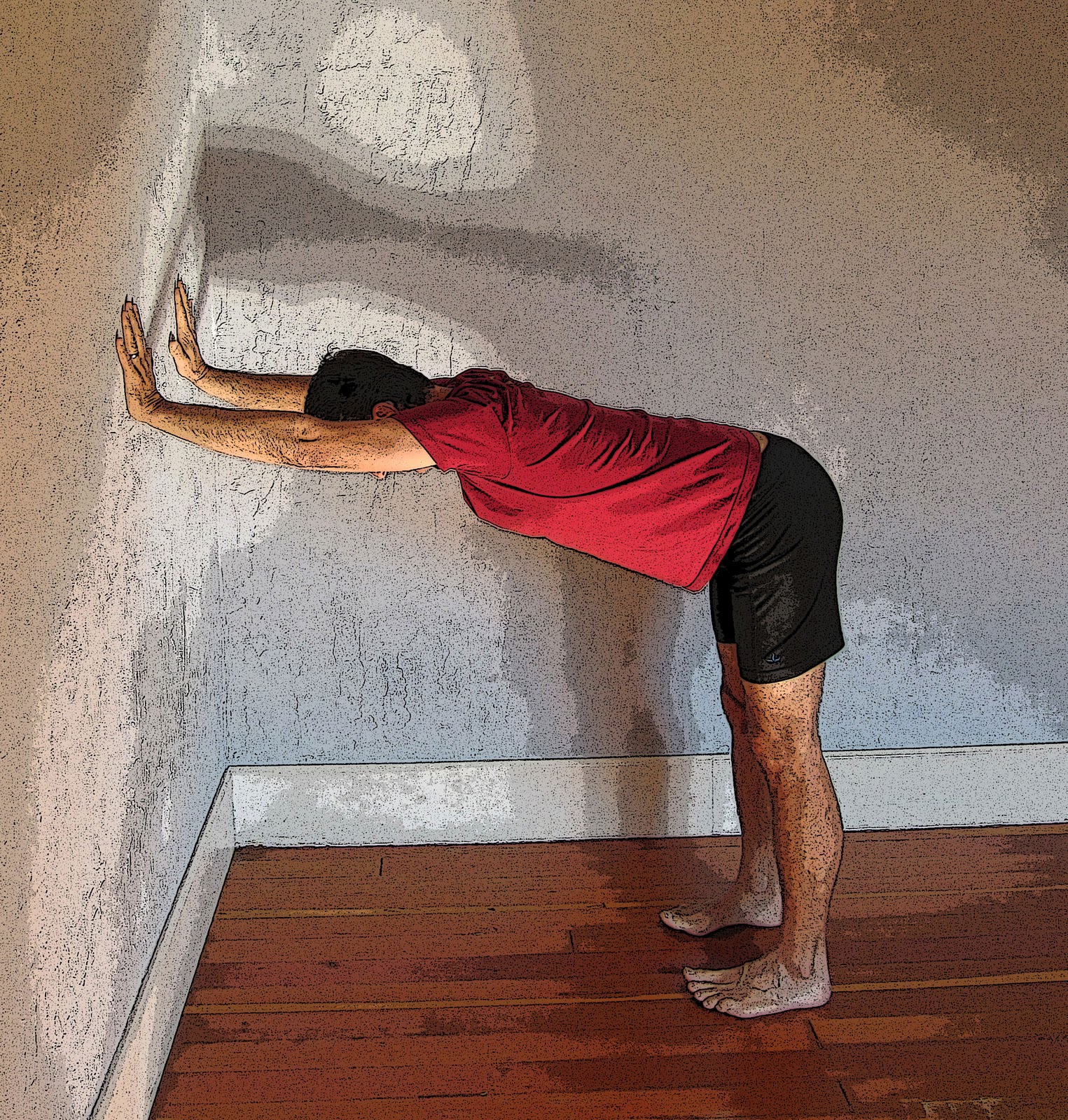When looking for a studio to complete my advanced training, I admit that somewhere in the process of choosing ISHTA, a deciding factor was that most of their teachers had a basic command of grammar. Perhaps I could be less judgmental, but it’s a matter of elegance. If you want your students to respect you and trust the knowledge you have to impart, it doesn’t hurt to know a few basics about words and phrases that are commonly used in yoga.
When to say “lay” and when to say “lie.” This is quite easy, as it’s generally used in present tense. The issue is not the action or the subject, it’s simply whether the verb takes a direct object. “Lay” takes a direct object, “lie” does not. Huh?
Lay your head down on the mat. Lay what? If you can answer that with a word in your sentence (your head, your hand, your iphone, yourself), use “lay.”
Lie down on the mat. Lie what? If there’s no word there to explain what (a direct object), then it’s “lie.” Lie over the bolster, not lay over the bolster.
(Note that “bolster” does not answer the question of what is to be moved.)
Fairly easy, if you quickly ask yourself if what is to be moved is in the sentence before you choose your words.
 Another frequent problem is vertebra vs. vertebrae. The first is singular, the second plural. We have 33 vertebrae, each one a vertebra. “Roll up to the top of your spine, stacking the vertebrae as you go.” “Roll up the spine, one vertebra at a time.” Same goes for scapula and scapulae, though scapulas is also correct plural form. Scapula is not.
Another frequent problem is vertebra vs. vertebrae. The first is singular, the second plural. We have 33 vertebrae, each one a vertebra. “Roll up to the top of your spine, stacking the vertebrae as you go.” “Roll up the spine, one vertebra at a time.” Same goes for scapula and scapulae, though scapulas is also correct plural form. Scapula is not.
I’ll refrain from some pet peeves, which aren’t exactly grammatical errors, such as suggesting the class enjoy a “juicy” hip opener. For the visual student, this is quite distracting. When not pertaining to food or weather, juicy connotes:
a. Rich in wealth, fit to be ‘sucked’ (quot. 1621); or c. Suggestive, esp. in a sexual way; piquant, racy, sensational. colloq.
Is this really what we want to imbibe? (Definitions care of OED.)
Feel free to share your favorite yoga pet peeves. Perhaps we can learn something from them.

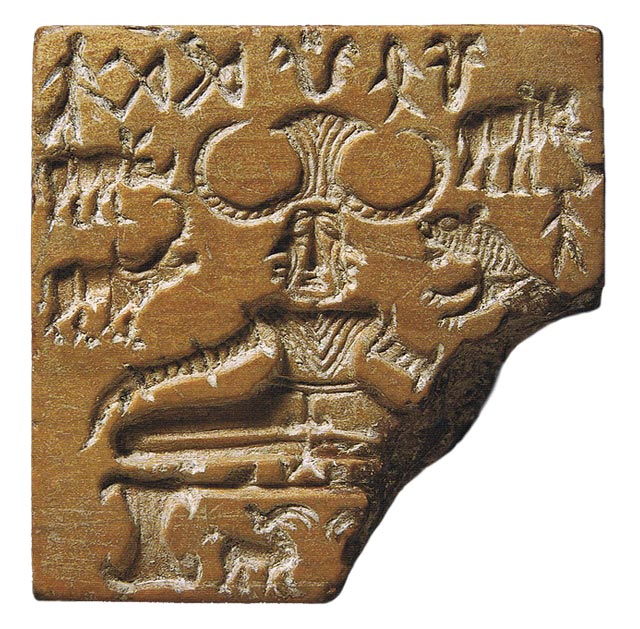

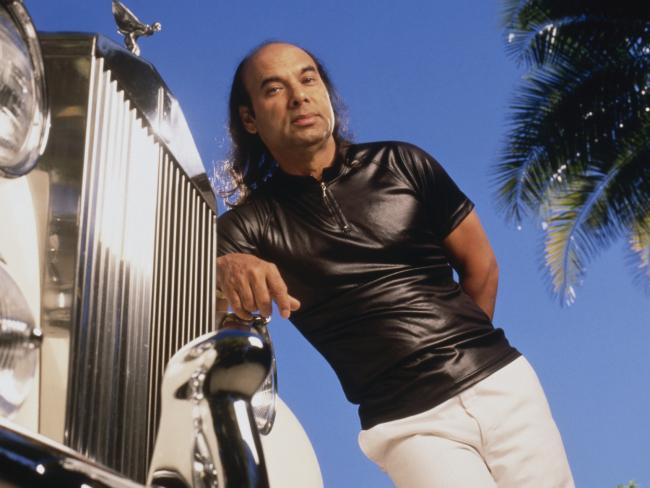
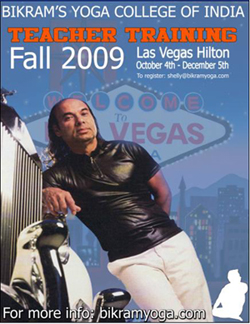 Bikram is thought of by many yogis as “not real yoga,” whatever that means. Why? Well, it’s incredibly body oriented, and most people attracted to it (it seems to me) are primarily interested in their bodies lookin’ good, as there isn’t much attention to anything but forcing yourself, asana, and some heating pranayama.
Bikram is thought of by many yogis as “not real yoga,” whatever that means. Why? Well, it’s incredibly body oriented, and most people attracted to it (it seems to me) are primarily interested in their bodies lookin’ good, as there isn’t much attention to anything but forcing yourself, asana, and some heating pranayama.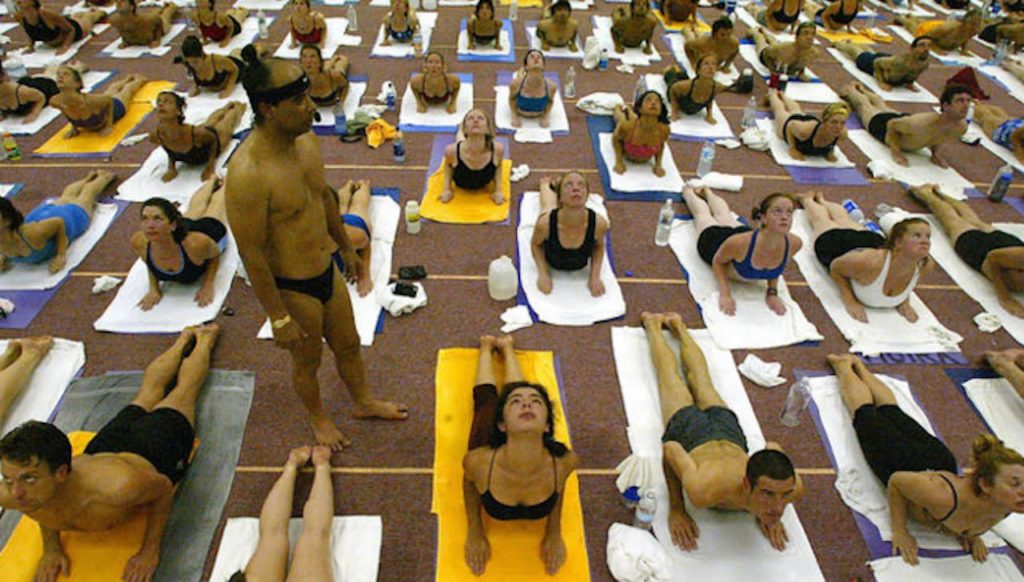 My concerns about Bikram concern safety and health. Some of the asanas aren’t for every body, and there were people in the room trying to do poses that could be downright dangerous. One of the poses,
My concerns about Bikram concern safety and health. Some of the asanas aren’t for every body, and there were people in the room trying to do poses that could be downright dangerous. One of the poses, 
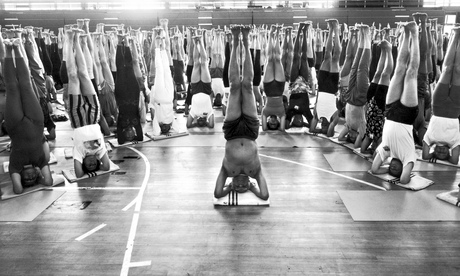
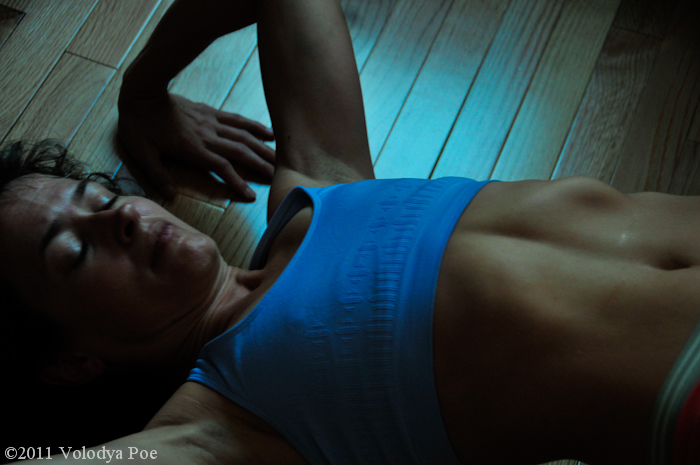
 Another frequent problem is vertebra vs. vertebrae. The first is singular, the second plural. We have 33 vertebrae, each one a vertebra. “Roll up to the top of your spine, stacking the vertebrae as you go.” “Roll up the spine, one vertebra at a time.” Same goes for scapula and scapulae, though scapulas is also correct plural form. Scapula is not.
Another frequent problem is vertebra vs. vertebrae. The first is singular, the second plural. We have 33 vertebrae, each one a vertebra. “Roll up to the top of your spine, stacking the vertebrae as you go.” “Roll up the spine, one vertebra at a time.” Same goes for scapula and scapulae, though scapulas is also correct plural form. Scapula is not.